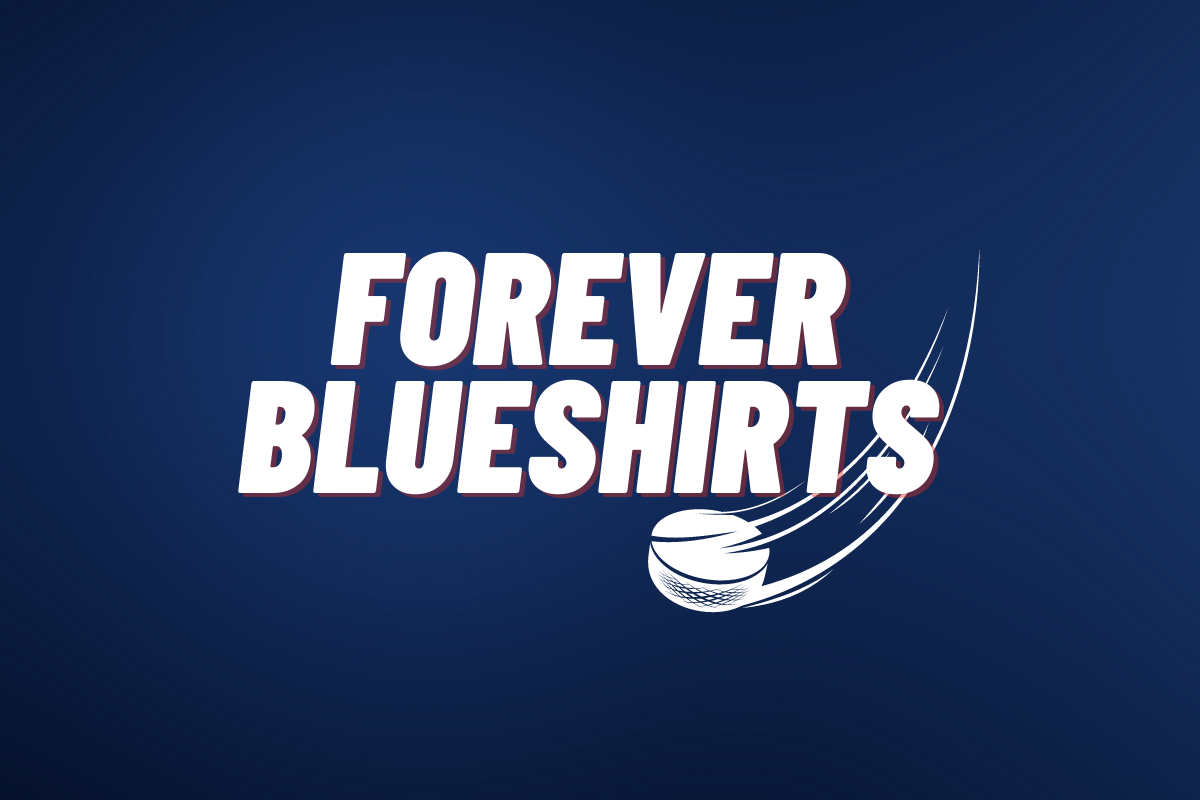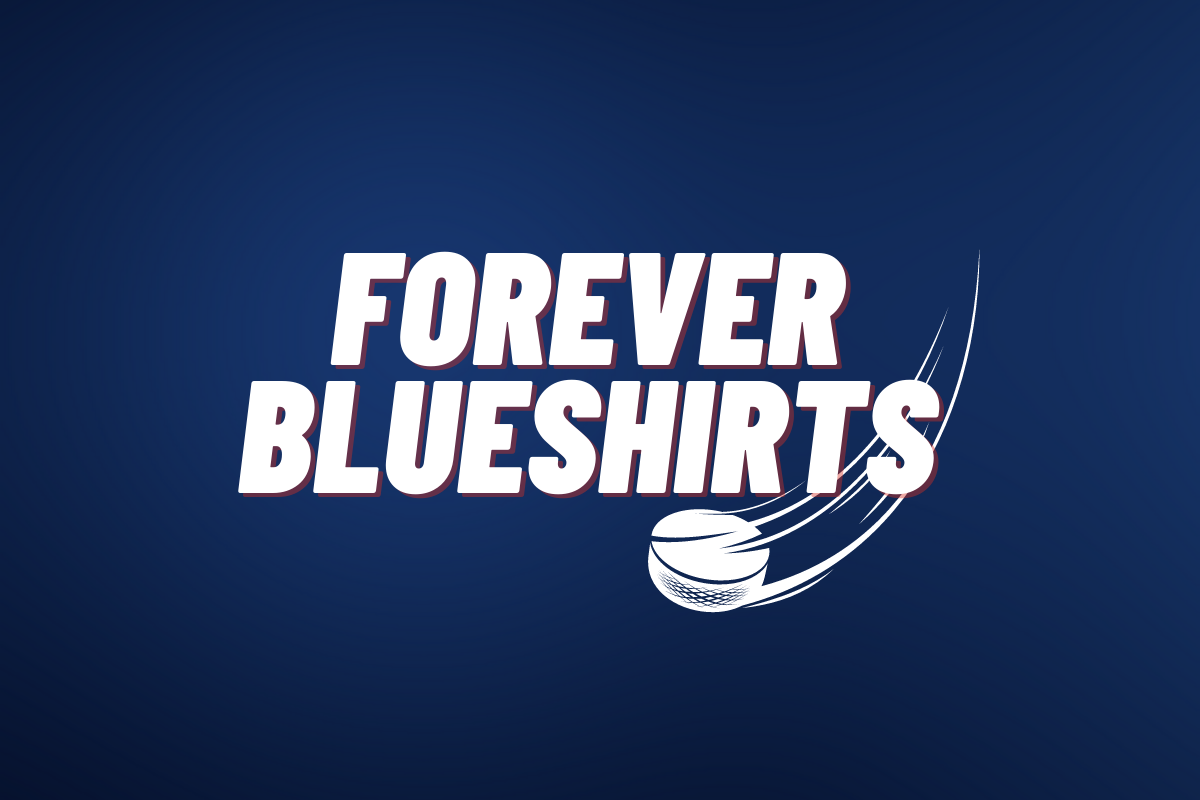A Summer of Reason: Jeff Gorton’s First Test as New York Rangers GM
Glen Sather‘s reign as supreme leader of the New York Rangers organization is over and Jeff Gorton has made that loud and clear. No big-splash free agent signings. No blockbuster trades. Gorton sorted the contract hell the Rangers appeared to be facing and managed to improve the team with the limited cap space he had available. We haven’t seen a summer so reasonably and intelligently approached by this organization since Sather succeeded Neil Smith as general manager in 2000.
Sather’s tenure with the Rangers resulted in some of the most active and far-out offseasons in team history. Mistakes were made; the Bobby Holik, Wade Redden, Chris Drury, and Scott Gomez signings immediately come to mind. Horrendous draft picks like Hugh Jessiman, Lee Falardeau, and Al Montoya were followed by amazing picks like Henrik Lundqvist, Brandon Dubinsky, and Derek Stepan. Overpaying free agents was the norm until around 2010. At that point Sather got his act together and started making smarter decisions, but he was still making noise around the league. The Rangers added Marian Gaborik and Brad Richards and traded for Rick Nash in the final years of Sather’s run. This was around the time Jeff Gorton started to influence Sather’s decision making.
Gorton joined the Rangers organization in 2007 and became assistant gm in 2011. It’s no coincidence that since his rise into Sather’s inner circle, the Rangers have made progressively better moves in the offseason to grow from a playoff bubble team to a Stanley Cup contender. It was his influence that brought Tuukka Rask, Milan Lucic, Patrice Bergeron, Zdeno Chara, David Krejci and Tim Thomas into Boston, laying the foundation for a Bruins Stanley Cup victory in 2011.
Gorton has gone on to have a part in building the most successful Rangers teams since 1994 and now he has complete control over all personnel decisions as the Rangers’ general manager.
Gorton’s first order of business was to handle the July 1st free agent frenzy that had always enticed Sather into a big spending-spree. What he did instead was make cost-effective, low risk signings with the potential to pay-off as great depth for the team. He signed Viktor Stalberg and Raphael Diaz to NHL contracts while adding Brian Gibbons, Jason Megna, and Matt Lindblad to the Hartford Wolf Pack. The players that Gorton inked have displayed strong underlying statistics for their respective positions.
Stalberg is an interesting case as he’s produced at a top 6 level while playing reduced minutes and having a bottom 6 impact on his teammates production. His individual CF% dipped during his time in Nashville, but as a Chicago Blackhawk he consistently put up 56% Corsi. This can largely be attributed to the fact that he was utilized as a top 6 winger in Nashville after being a successful 4th liner in Chicago. He should thrive on the Rangers 3rd line and will provide solid possession that was missing from the bottom 6 last year.
Diaz, for some reason, continues to be underrated and misused by NHL teams. He doesn’t put up points, but maybe that’s because he gets ridiculously low minutes. When he does play though, he has such a positive impact on his linemates’ possession numbers that he could realistically be a top-4 defenseman, but he will likely serve as a 7th defender next season. He’s in his second stint with the Rangers since 2013-14 and hopefully Gorton handles him better that Sather did this time around. When properly utilized, it’s value singings like these that can help make good teams great.
Next on the summer checklist was tackling the Rangers’ list of restricted free agents. J.T. Miller, Jepser Fast, Emerson Etem, and Derek Stepan all required contracts. Gorton managed to sign Miller, Fast and Etem to their qualifying offers saving the Rangers a much-needed chunk of cap space. Additionally, Gorton signed prospect Oscar Lindberg to an affordable one-way $650K AAV deal over two seasons indicating a desire to insert him into the NHL lineup. Fans have been clamoring to see him with the big club and having him on the roster would likely help push Tanner Glass out of the bottom six and into the press box. Singing McIlrath to a one-way deal was the icing on the cake. If he doesn’t make the roster out of training camp, the Rangers will look to move him for a pick or prospect because of his waiver eligibility. This is essentially decision time on McIlrath’s potential career as a Ranger.

todaysslapshot.com
Gorton’s final and most important task this offseason was signing Derek Stepan to a long-term contract. Stepan came into the summer due for a considerable raise. I went into detail on this in an analytical piece where I broke down Stepan’s statistical performance and made a salary projection of $7 million AAV. As it turns out, Stepan’s asking price for arbitration was $7.25 million and what Gorton managed to do was drive down Stepan’s price to a bargain $6.5 million AAV over the course of 6 years. Provided that Stepan continues to play at his current level or improves, the deal becomes a steal by 2021 when that will likely be the going rate for average 2nd line centers.
Although many fans would like to see the Rangers add another top 6 scorer, it appears that management is content with the roster they have. Jeff Gorton has done a masterful job of making low risk moves and giving out cost-effective contracts. He avoided making a splurge on this summer’s limited free agent market and helped secure a large portion of this team’s future for years to come. We can expect the Rangers to be even better this season and we have Gorton to thank for that. Sometimes the best additions are the small ones that plug the gaps.
More About:NYR Features


